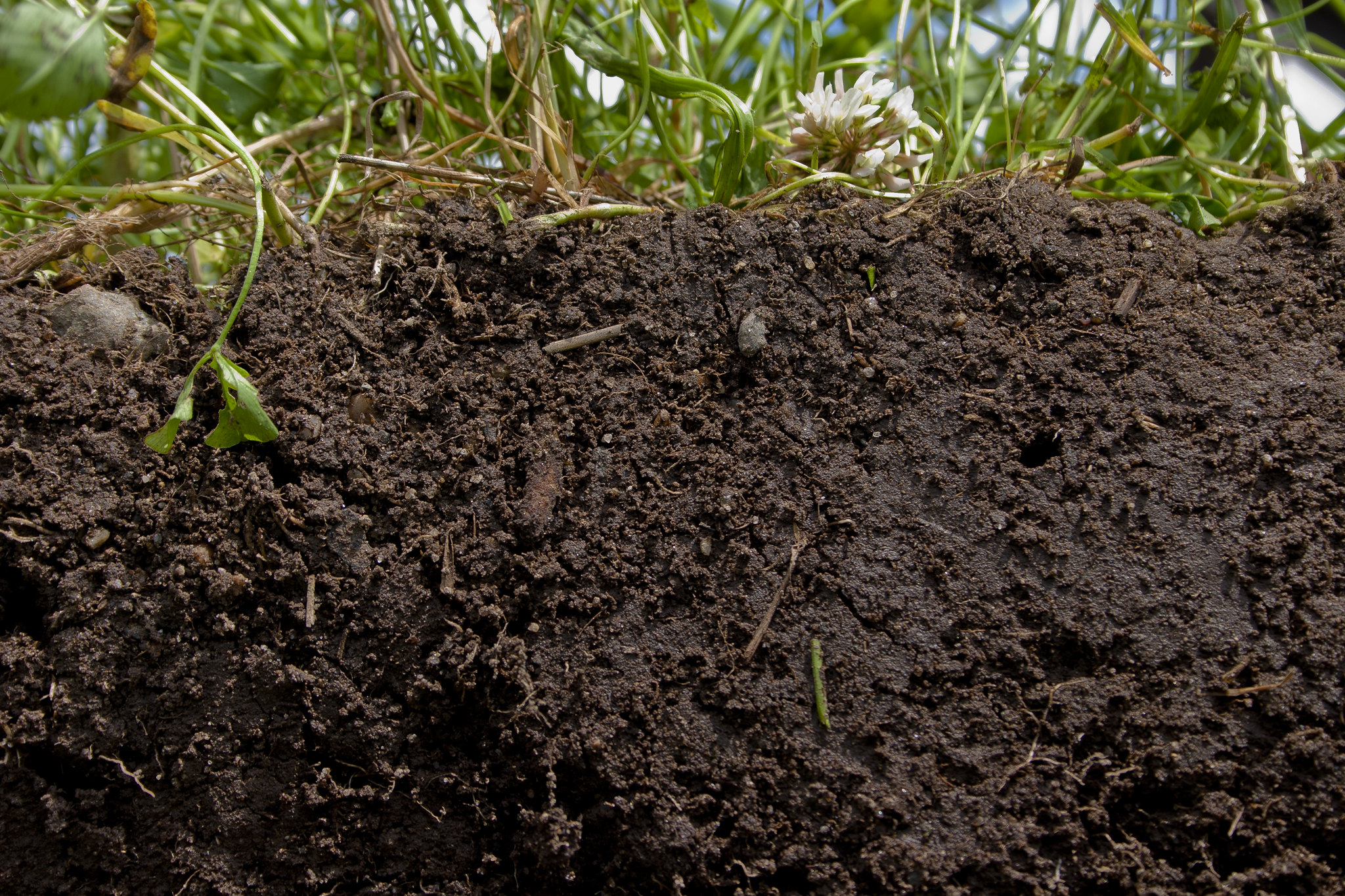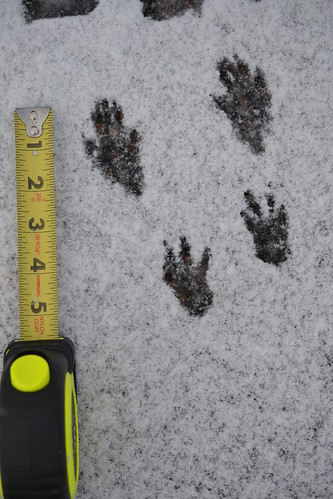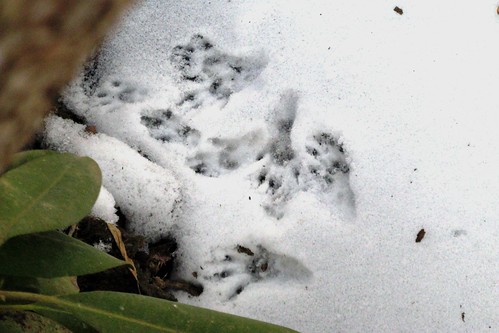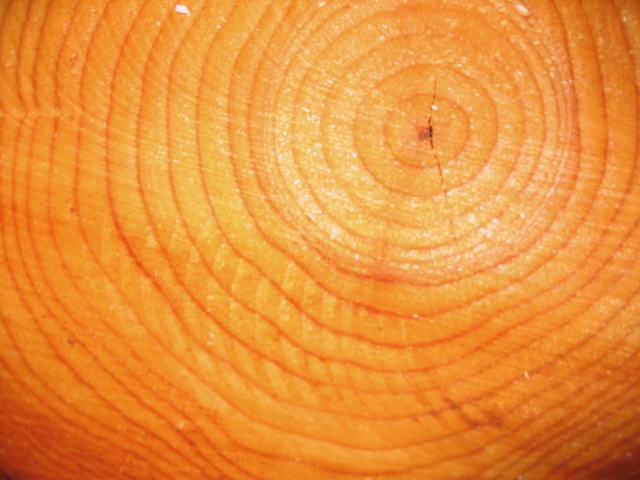This was the first magazine article that I wrote as a freelance writer, for a natural family website. The site has since changed hands - and many of the articles have been largely rewritten, presumably to evade copyscape - but I managed to find an old copy of my piece and thought I'd post it here for safekeeping.
---
Is Your Organic Garden Really Organic?
By Julie Bloss Kelsey
You know not to garden near your house, because your home was once painted with lead-based paint. You know not to garden near the road because automobile exhaust used to contain lead. But did you know that former farming practices might have contributed to lead and arsenic contamination in the rest of your soil?
We take for granted that organically grown produce contains lower quantities of harmful pesticides than food grown by conventional means. But organic gardening doesn’t guarantee safe food. Do you know the historic land use of the soil in your garden? Was it ever used for conventional farming? If so, there may be pesticide residues in your soil.
Look back at non-organic farming practices
Arsenic-based pesticides were used by farmers in the United States from the late 1800s until around 1940. After about 1945, U.S. farmers began to use synthetic pesticides, and the use of arsenic-based pesticides declined dramatically. However, in some parts of the country, farmers used arsenic-based pesticides on fruit trees until the mid-1950s and 1960s. Lead arsenate was not banned completely on food crops in the U.S. until 1988.
But problems can develop many years later. In 1997, a routine test conducted by the FDA revealed elevated levels of lead in a package of frozen mixed vegetables. Carrots, grown on old orchard land in the state of Washington, were the source of the lead. At the time the carrots were grown, use of lead arsenate had been banned in that state for over 20 years.
And this wasn’t an isolated incident, as evidenced by the FDA’s Center for Food Safety and Applied Nutrition. As reported on their web site, “In the late 1990s, elevated levels of lead were found in a baby food (chicken and vegetables). The source was traced to carrots grown in fields previously used as apple orchards that had been treated with lead arsenate.”
Reduce your risk
Just because your garden was formerly used for conventional farming does not mean that you should stop gardening. If you follow these simple tips, you will greatly reduce your risk of exposure to any pesticide residues that may remain in your soil.
• Wash your hands after gardening and remove your shoes before coming into the house. Be sure to wipe the feet of pets that have been in the garden with you.
• Wash all fruits and vegetables thoroughly before eating them. Ingesting contaminated soil poses a greater human health risk than eating foods grown in contaminated soil.
• Be aware that leafy greens, like lettuce, are the most likely to uptake metals, followed by roots such as carrots. If you are concerned about the soil in your garden, you may wish to grow fruits, such as tomatoes.
• If your land has a known history of conventional agriculture — particularly if it was a cotton field or a fruit orchard — consider importing fresh topsoil from a trusted source for your garden. If you are concerned that the topsoil might erode (for example, your garden is on a slope), you can use an elevated planter.
Above all, don’t let fears of residual soil contamination dampen your enthusiasm for organic gardening. You know more about how your food is grown than most people do. And you can take proactive steps to ensure that your food is as safe as possible.
© Julie Bloss Kelsey
Julie Bloss Kelsey holds a master's degree in environmental management from Duke University, where her master's project was called "The Impact of Historic Pesticide Applications on Former Agricultural Soils."
---
If you liked this post, check out http://mamajoules.blogspot.com/2009/07/take-lead-out-of-gardening.html

Organic gardening is good for native bees.
(Note the discarded antennae on the floor.)













